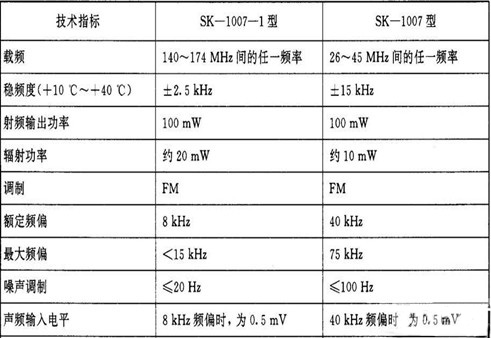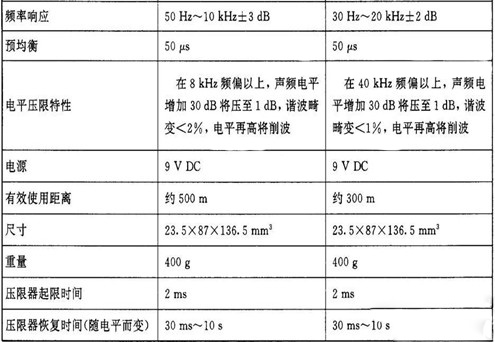simple hanging lighting is suitable for home decoration, 5 star hotel, project such as mansion, villa or bar and so on it is also suitable for matching with furniture at home.
simple hanging lamp,Indoor decoration light are our main products. Meanwhile, we provide some other products, such as ceiling light and Wall Lamp .
simple hanging lamp,simple hanging light,simple hanging lighting Monike lighting , https://www.monikelight.com
Wireless microphone features 1, advantages
(1) The wireless microphone does not use a transmission cable, so the recording facility becomes simple and convenient.
(2) It is especially suitable for mobile sound sources, such as speeches, stage performances, and live conductors.
(3) In the case of simultaneous recording, images and sounds are required to appear at the same time. For example, filming TV, movies, and wireless microphones can solve this problem well, as long as the banded microphone and small transmitter are hidden. Professional audio, professional audio equipment,
(4) Using a wireless microphone to pick up the sound, the pickup sound can be reduced, so the definition is high.
In recent years, the technical specifications of electret condenser microphones have been made very high, and the volume is very small. With the development and application of integrated circuits, the transmitter can also be made very small, and the application of wireless microphones is more extensive.
2, disadvantages
(1) The wireless microphone belongs to the radio frequency transmission, so the confidentiality is poor, the anti-interference ability is poor, and the interference is also caused to other electronic devices.
(2) There is a signal loss phenomenon. That is, when the relative position of the microphone and the receiver changes, sometimes the signal falls, the sound quality deteriorates, and even the signal phenomenon cannot be received.
(3) The wireless microphone needs a transmitter and a receiver when transmitting signals, so the technical implementation is relatively complicated and the cost is relatively high.
Typical wireless microphone specifications
Table 2-1 lists some technical indicators of two professional-grade wireless microphones; Table 2-1 lists some technical indicators of a domestic civilian wireless microphone.
Among these technical indicators, the frequency response range, modulation mode, carrier frequency characteristics, RF power, audio input level, and effective use distance are the main indicators. Of course, the microphone indicators discussed earlier are the most basic indicators of wired and wireless microphones. 
Table 2-1 Typical Specifications of Professional Wireless Microphones


Table 2-2 Technical Specifications of KSM808 Wireless Microphone

Combination of wireless microphones <br> Wireless microphones consist of RF oscillators, RF amplifiers, audio amplifiers, microphones and power supplies. The structure of professional wireless microphones is more complicated, for example, SK-
The transmitter of the 1007 wireless microphone uses crystal frequency stabilization, has four levels of RF and eight audio levels, and has a regulated power supply. The audio amplifier is a voltage limiting amplifier that allows the transmitter and receiver
No overload is generated. In order to overcome the signal loss phenomenon, it is often necessary to use multiple wireless microphones and multi-component set reception methods to ensure the signal transmission quality.
Taking the Siya brand T series wireless microphone as an example, the general combination method of professional microphones is introduced.
The T Series Wireless Microphones are available in three combinations for three different occasions and functions.
(1) Wireless microphone for electric guitar hand: including a T1 type wireless transmitter clipped on the guitar belt or strap, one connected to the transmitter "line input" jack and electric guitar
Cable for the “Line Out†jack and a T3 or T4 wireless receiver. Professional audio, professional audio equipment,
(2) Wireless microphones for singers: including a T2 handheld microphone and transmitter and a T3 or T4 receiver. 
(3) Wireless microphones for performers: including a T1 transmitter sandwiched between belts, a tie clip microphone and a T3 or T4 receiver.
The transmitters in the above three combinations all use a 9V small stacked battery as a power source.
Both T3 and T4 receivers have the same operating frequency range, both 169.445~216.000MHz; their effective working distances are basically the same, about 100m. The difference is,
The T3 type uses a single receiving circuit with only one antenna, while the T4 type uses a so-called "diversity receiving" circuit with two receiving antennas. Therefore, the T4 type has better stability and reliability than the T3, and of course the price is higher.
2.4 Advantages and disadvantages of wireless microphones
[Audio Network Information] The wireless microphone uses the UHF or UHF carrier to modulate the electrical signal output from the microphone in a short range and then transmits it to the receiver through the transmitter in the form of electromagnetic waves. The receiver then restores the high frequency signal. Into the sound signal. For example, the performer carries a hand-held or banded miniature electret condenser microphone and a small VHF (or UHF) transmitter. The transmitter modulates the electrical signal output by the microphone to a high frequency or ultra high frequency carrier through a modulator. A receiver located in the corner of the studio or concert hall receives the signal and demodulates it, restores it to an audio signal, and finally sends it to the recorder or amplifier.